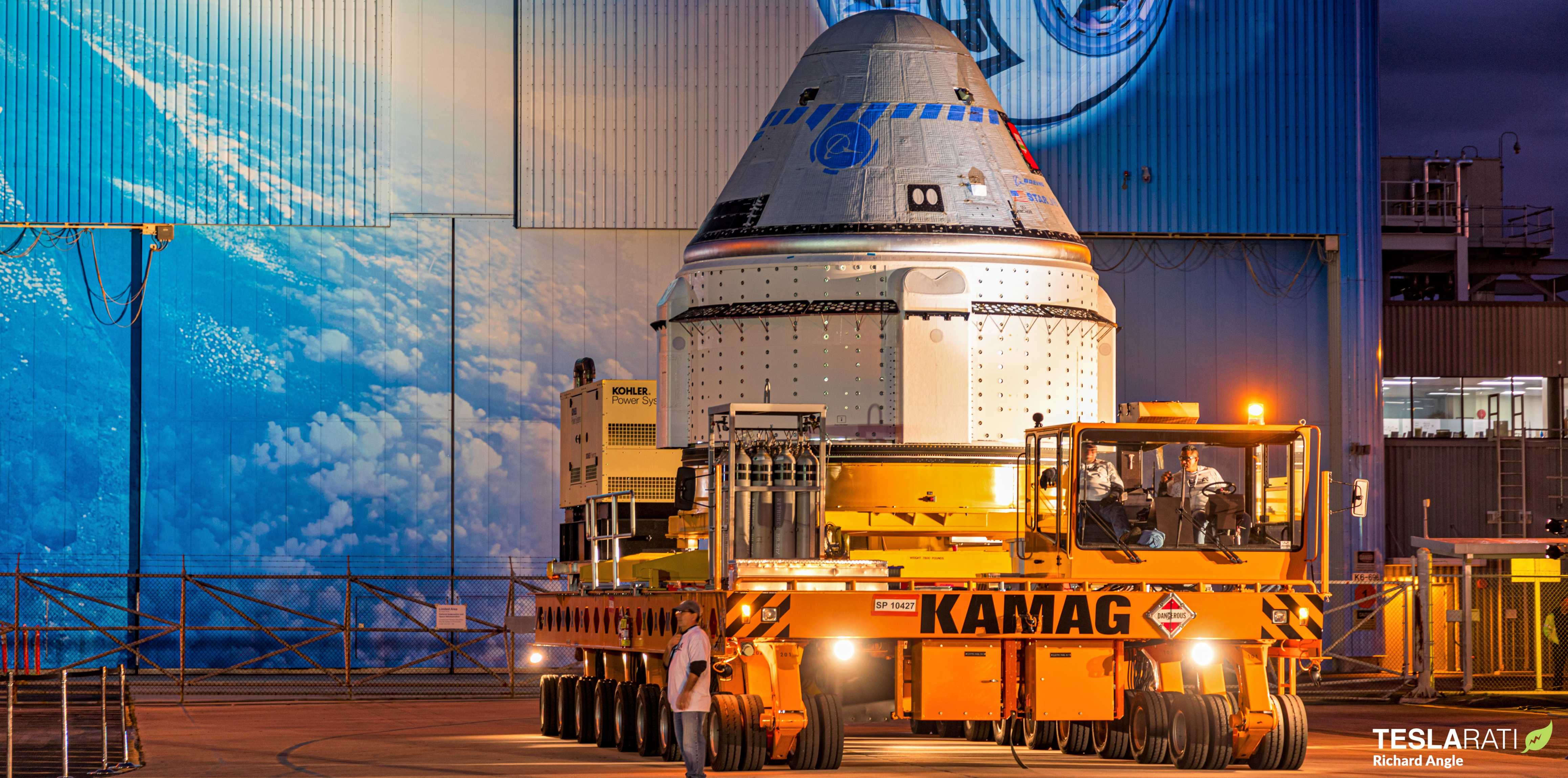

News
Boeing Starliner and SpaceX Crew Dragon crew capsules on track for back-to-back launches
NASA Commercial Crew partners Boeing and SpaceX are taking big steps towards two unique flight tests of their respective Starliner and Crew Dragon spacecraft, and – if the stars align – could jam-pack next month with spaceflight milestones.
In the last two weeks alone, both companies have checked off major milestones while preparing their human-rated spacecraft for flight, and – with a little luck over the next few weeks – Starliner and Crew Dragon processing could align for back-to-back launches in the last few weeks of 2019.
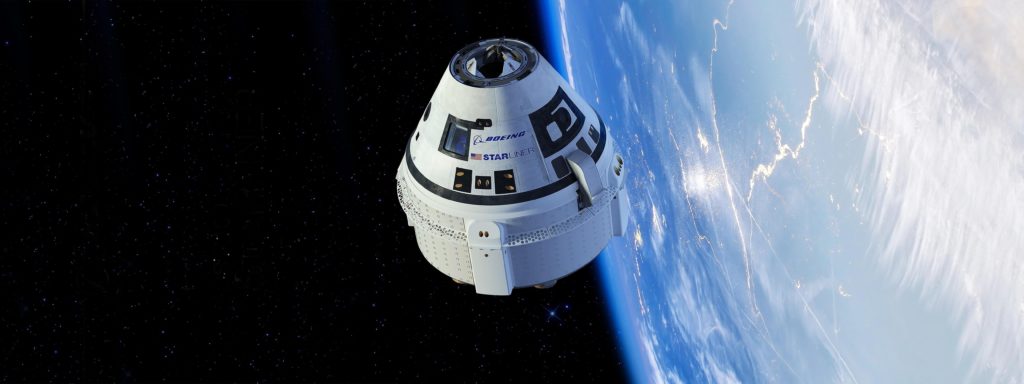
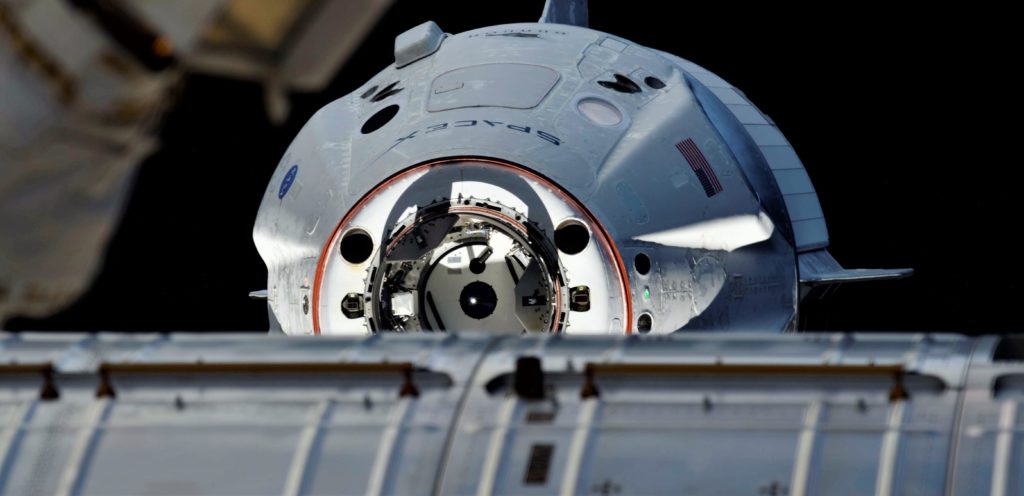
On Atlas’ shoulders
Starliner’s uncrewed orbital flight test (OFT) is currently scheduled no earlier than (NET) December 17th and Boeing – after years of delays – is finally on the last legs of preparation for the spacecraft’s orbital launch debut (OFT). On November 4th, some 12 months after it was originally planned to occur, Boeing’s Starliner spacecraft completed a (mostly) successful pad abort test, demonstrating the ability to whisk astronauts away from a failing rocket or any other pad emergency prior to launch. Aside from a parachute deployment failure caused by insufficient quality assurance checkouts, Starliner performed exactly as expected.
With the Starliner pad abort now complete, the spacecraft’s OFT is front and center. On November 20th, United Launch Alliance (ULA) CEO Tory Bruno announced that the company – chosen by Boeing to launch Starliner – had successfully completed a “Mission Dress Rehearsal”, more or less a virtual simulation of Atlas V launch operations.
According to ULA, the MDR was a joint test conducted by ULA teams in Denver and Cape Canaveral, personnel from NASA and Boeing, and the Cape Canaveral Air Force Station (CCAFS) 45th Space Wing.
On November 21st, the day after Atlas V’s successful MDR, Boeing officially handed off the OFT Starliner to ULA, who used a small wheeled crawler to transport the spacecraft from Boeing’s Commercial Crew and Cargo Processing Facility (C3PF) to ULA’s LC-41 launch complex. Finally, shortly after the transporter arrived at LC-41, ULA craned the spacecraft to the top of its Vertical Integration Facility (VIF) and technicians secured Starliner to the rocket’s payload adapter and Centaur upper stage, itself recently stacked atop an Atlas V booster.
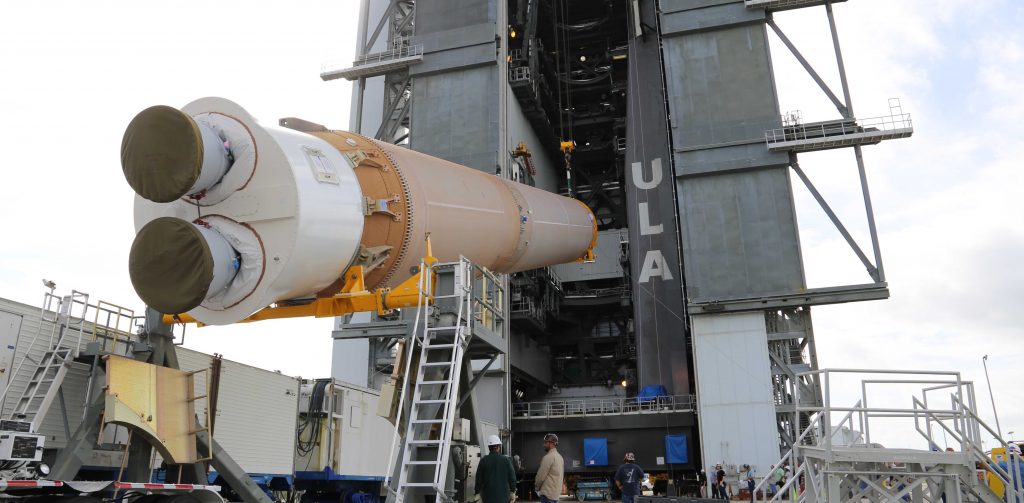
The time left ahead of OFT will be used to ensure a successful first flight of both the spacecraft and its uniquely-configured launch vehicle. OFT will be the first time Atlas V launches a payload without a fairing. Combined with the unusual fact that Starliner is significantly wider than the rocket’s Centaur upper stage, a large skirt and other unusual aerodynamic features had to be added to counterbalance dangerous instability that could otherwise crop up in flight.
Of note, the OFT Starliner’s service section (the cylindrical lower half) will not launch with an operational abort system, meaning that the system of four powerful engines are either entirely absent or will be disabled in flight.
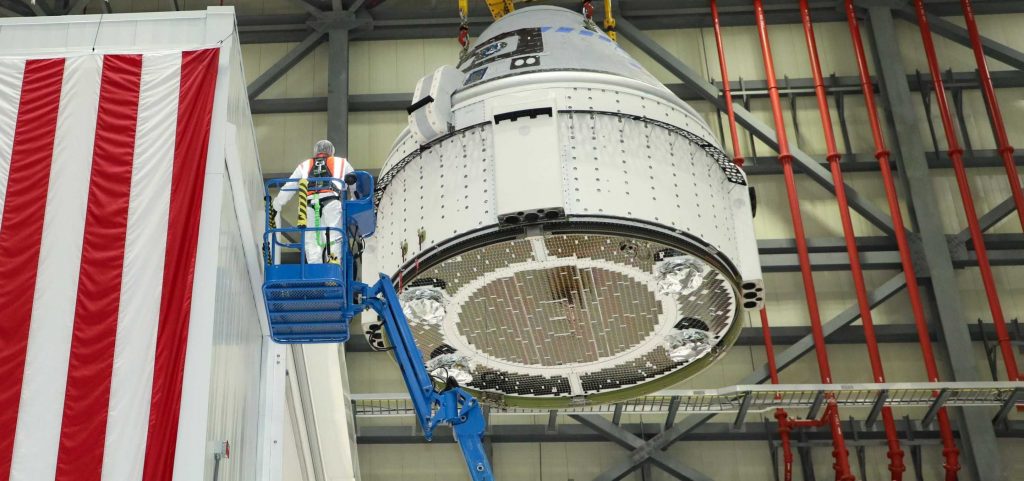
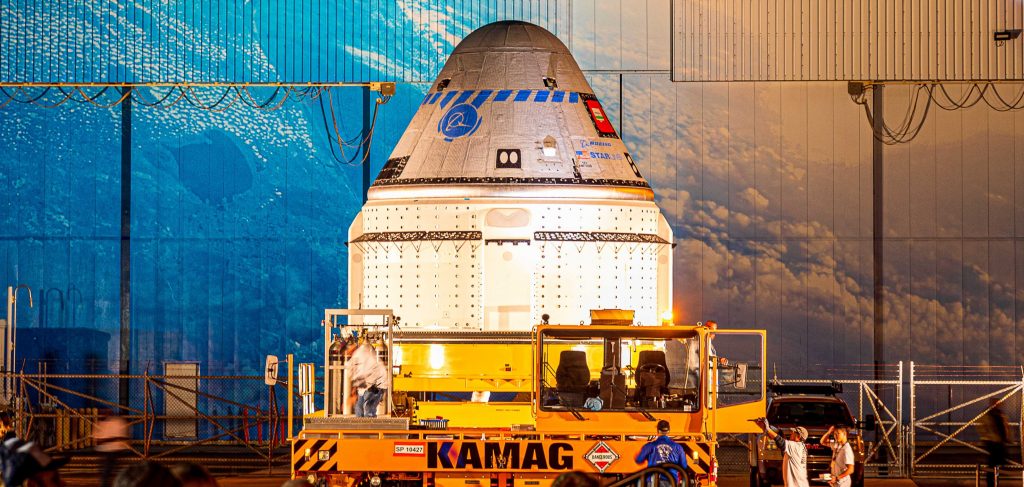
Boeing’s Starliner OFT will more or less mirror Crew Dragon’s March 2019 launch debut, nominally launching, reaching orbit, rendezvousing and docking with the ISS, and successfully returning to Earth a week or so later. Although NASA did not originally require its CCP providers to perform uncrewed orbital flight tests prior to their first attempted crewed launches, NASA officials have since made it clear that they are extremely grateful that Boeing and SpaceX proposed them.
Encore!
At the same time as Boeing and ULA are preparing for Starliner’s first orbital launch, SpaceX is in the late stages of preparing Falcon 9 and Crew Dragon for the spacecraft’s In-Flight Abort (IFA), a test that Boeing chose not to perform – NASA required a pad abort but left the rest up to its providers to propose (or not propose). On November 13th, Crew Dragon capsule C205 successfully fired up two Draco maneuvering thrusters and its eight integrated SuperDraco abort engines, verifying that a major design flaw that destroyed capsule C201 has likely been alleviated.
Crew Dragon’s IFA test is scheduled no earlier than December 2019 and will likely fall somewhere in the second half of the month, potentially putting it just days before or after Starliner’s orbital launch debut. All told, the last month of 2019 is likely to be jam-packed with major spaceflight milestones, particularly for NASA’s Commercial Crew Program. If all goes as planned during Boeing and SpaceX’s imminent flight tests, both providers believe they could be ready for their first astronaut launches in early 2020.
Check out Teslarati’s Marketplace! We offer Tesla accessories, including for the Tesla Cybertruck and Tesla Model 3.
Elon Musk
Why Tesla’s Q3 could be one of its biggest quarters in history
Tesla could stand to benefit from the removal of the $7,500 EV tax credit at the end of Q3.

Tesla has gotten off to a slow start in 2025, as the first half of the year has not been one to remember from a delivery perspective.
However, Q3 could end up being one of the best the company has had in history, with the United States potentially being a major contributor to what might reverse a slow start to the year.
Earlier today, the United States’ House of Representatives officially passed President Trump’s “Big Beautiful Bill,” after it made its way through the Senate earlier this week. The bill will head to President Trump, as he looks to sign it before his July 4 deadline.
The Bill will effectively bring closure to the $7,500 EV tax credit, which will end on September 30, 2025. This means, over the next three months in the United States, those who are looking to buy an EV will have their last chance to take advantage of the credit. EVs will then be, for most people, $7,500 more expensive, in essence.
The tax credit is available to any single filer who makes under $150,000 per year, $225,000 a year to a head of household, and $300,000 to couples filing jointly.
Ending the tax credit was expected with the Trump administration, as his policies have leaned significantly toward reliance on fossil fuels, ending what he calls an “EV mandate.” He has used this phrase several times in disagreements with Tesla CEO Elon Musk.
Nevertheless, those who have been on the fence about buying a Tesla, or any EV, for that matter, will have some decisions to make in the next three months. While all companies will stand to benefit from this time crunch, Tesla could be the true winner because of its sheer volume.
If things are done correctly, meaning if Tesla can also offer incentives like 0% APR, special pricing on leasing or financing, or other advantages (like free Red, White, and Blue for a short period of time in celebration of Independence Day), it could see some real volume in sales this quarter.
You can now buy a Tesla in Red, White, and Blue for free until July 14 https://t.co/iAwhaRFOH0
— TESLARATI (@Teslarati) July 3, 2025
Tesla is just a shade under 721,000 deliveries for the year, so it’s on pace for roughly 1.4 million for 2025. This would be a decrease from the 1.8 million cars it delivered in each of the last two years. Traditionally, the second half of the year has produced Tesla’s strongest quarters. Its top three quarters in terms of deliveries are Q4 2024 with 495,570 vehicles, Q4 2023 with 484,507 vehicles, and Q3 2024 with 462,890 vehicles.
Elon Musk
Tesla Full Self-Driving testing continues European expansion: here’s where
Tesla has launched Full Self-Driving testing in a fifth European country ahead of its launch.

Tesla Full Self-Driving is being tested in several countries across Europe as the company prepares to launch its driver assistance suite on the continent.
The company is still working through the regulatory hurdles with the European Union. They are plentiful and difficult to navigate, but Tesla is still making progress as its testing of FSD continues to expand.
Today, it officially began testing in a new country, as more regions open their doors to Tesla. Many owners and potential customers in Europe are awaiting its launch.
On Thursday, Tesla officially confirmed that Full Self-Driving testing is underway in Spain, as the company shared an extensive video of a trip through the streets of Madrid:
Como pez en el agua …
FSD Supervised testing in Madrid, Spain
Pending regulatory approval pic.twitter.com/txTgoWseuA
— Tesla Europe & Middle East (@teslaeurope) July 3, 2025
The launch of Full Self-Driving testing in Spain marks the fifth country in which Tesla has started assessing the suite’s performance in the European market.
Across the past several months, Tesla has been expanding the scope of countries where Full Self-Driving is being tested. It has already made it to Italy, France, the Netherlands, and Germany previously.
Tesla has already filed applications to have Full Self-Driving (Supervised) launched across the European Union, but CEO Elon Musk has indicated that this particular step has been the delay in the official launch of the suite thus far.
In mid-June, Musk revealed the frustrations Tesla has felt during its efforts to launch its Full Self-Driving (Supervised) suite in Europe, stating that the holdup can be attributed to authorities in various countries, as well as the EU as a whole:
Tesla Full Self-Driving’s European launch frustrations revealed by Elon Musk
“Waiting for Dutch authorities and then the EU to approve. Very frustrating and hurts the safety of people in Europe, as driving with advanced Autopilot on results in four times fewer injuries! Please ask your governing authorities to accelerate making Tesla safer in Europe.”
Waiting for Dutch authorities and then the EU to approve.
Very frustrating and hurts the safety of people in Europe, as driving with advanced Autopilot on results in four times fewer injuries!
Please ask your governing authorities to accelerate making Tesla safer in Europe. https://t.co/QIYCXhhaQp
— Elon Musk (@elonmusk) June 11, 2025
Tesla said last year that it planned to launch Full Self-Driving in Europe in 2025.
Elon Musk
xAI’s Memphis data center receives air permit despite community criticism
xAI welcomed the development in a post on its official xAI Memphis account on X.

Elon Musk’s artificial intelligence startup xAI has secured an air permit from Memphis health officials for its data center project, despite critics’ opposition and pending legal action. The Shelby County Health Department approved the permit this week, allowing xAI to operate 15 mobile gas turbines at its facility.
Air permit granted
The air permit comes after months of protests from Memphis residents and environmental justice advocates, who alleged that xAI violated the Clean Air Act by operating gas turbines without prior approval, as per a report from WIRED.
The Southern Environmental Law Center (SELC) and the NAACP has claimed that xAI installed dozens of gas turbines at its new data campus without acquiring the mandatory Prevention of Significant Deterioration (PSD) permit required for large-scale emission sources.
Local officials previously stated the turbines were considered “temporary” and thus not subject to stricter permitting. xAI applied for an air permit in January 2025, and in June, Memphis Mayor Paul Young acknowledged that the company was operating 21 turbines. SELC, however, has claimed that aerial footage shows the number may be as high as 35.
Critics are not giving up
Civil rights groups have stated that they intend to move forward with legal action. “xAI’s decision to install and operate dozens of polluting gas turbines without any permits or public oversight is a clear violation of the Clean Air Act,” said Patrick Anderson, senior attorney at SELC.
“Over the last year, these turbines have pumped out pollution that threatens the health of Memphis families. This notice paves the way for a lawsuit that can hold xAI accountable for its unlawful refusal to get permits for its gas turbines,” he added.
Sharon Wilson, a certified optical gas imaging thermographer, also described the emissions cloud in Memphis as notable. “I expected to see the typical power plant type of pollution that I see. What I saw was way worse than what I expected,” she said.
-

 Elon Musk3 days ago
Elon Musk3 days agoTesla investors will be shocked by Jim Cramer’s latest assessment
-

 News1 week ago
News1 week agoTesla Robotaxi’s biggest challenge seems to be this one thing
-

 News2 weeks ago
News2 weeks agoTexas lawmakers urge Tesla to delay Austin robotaxi launch to September
-

 Elon Musk2 weeks ago
Elon Musk2 weeks agoFirst Look at Tesla’s Robotaxi App: features, design, and more
-

 Elon Musk2 weeks ago
Elon Musk2 weeks agoxAI’s Grok 3 partners with Oracle Cloud for corporate AI innovation
-

 News2 weeks ago
News2 weeks agoSpaceX and Elon Musk share insights on Starship Ship 36’s RUD
-

 News2 weeks ago
News2 weeks agoWatch Tesla’s first driverless public Robotaxi rides in Texas
-

 News2 weeks ago
News2 weeks agoTesla has started rolling out initial round of Robotaxi invites

















